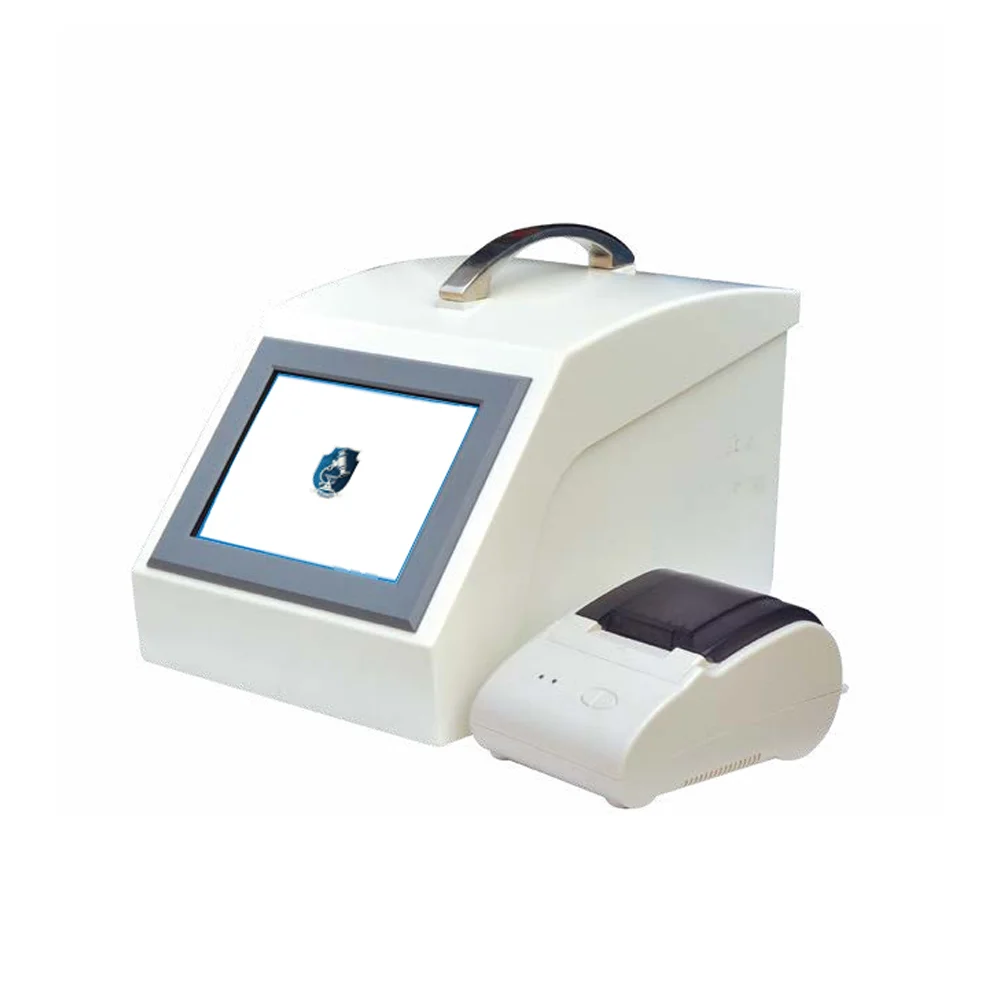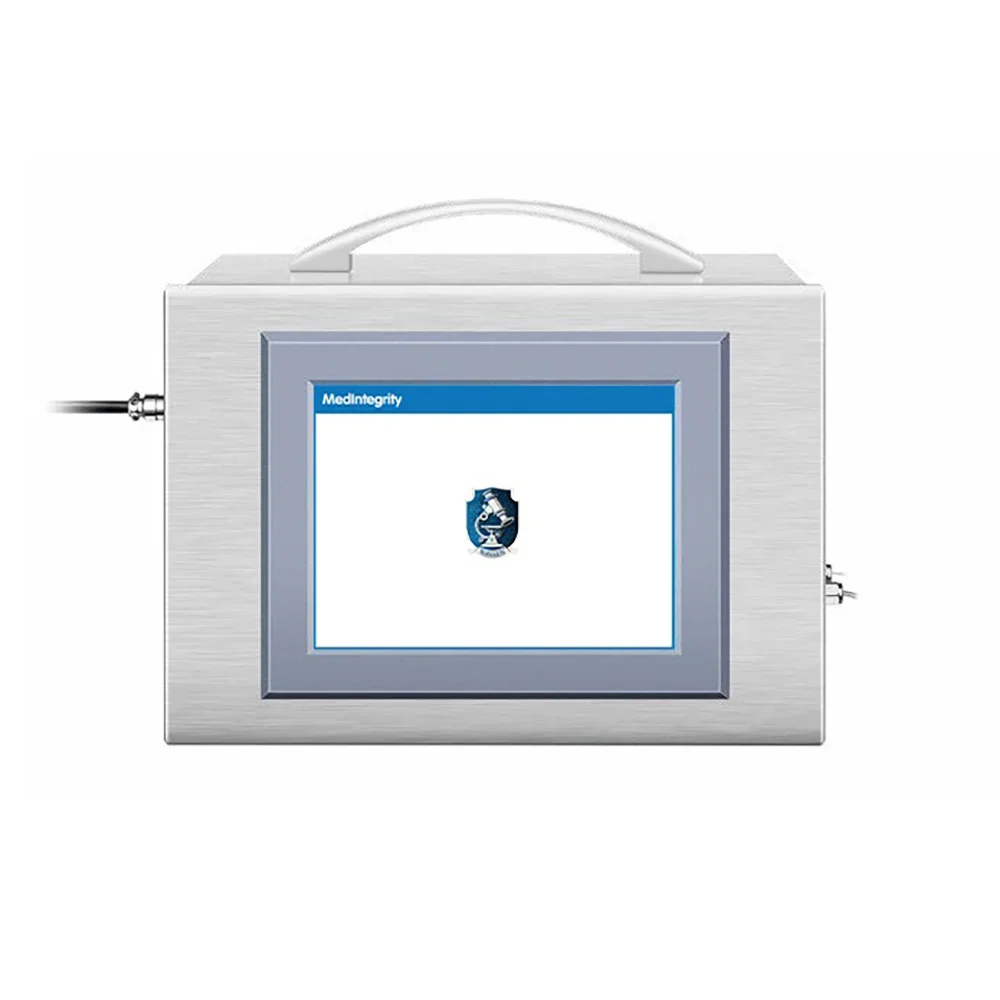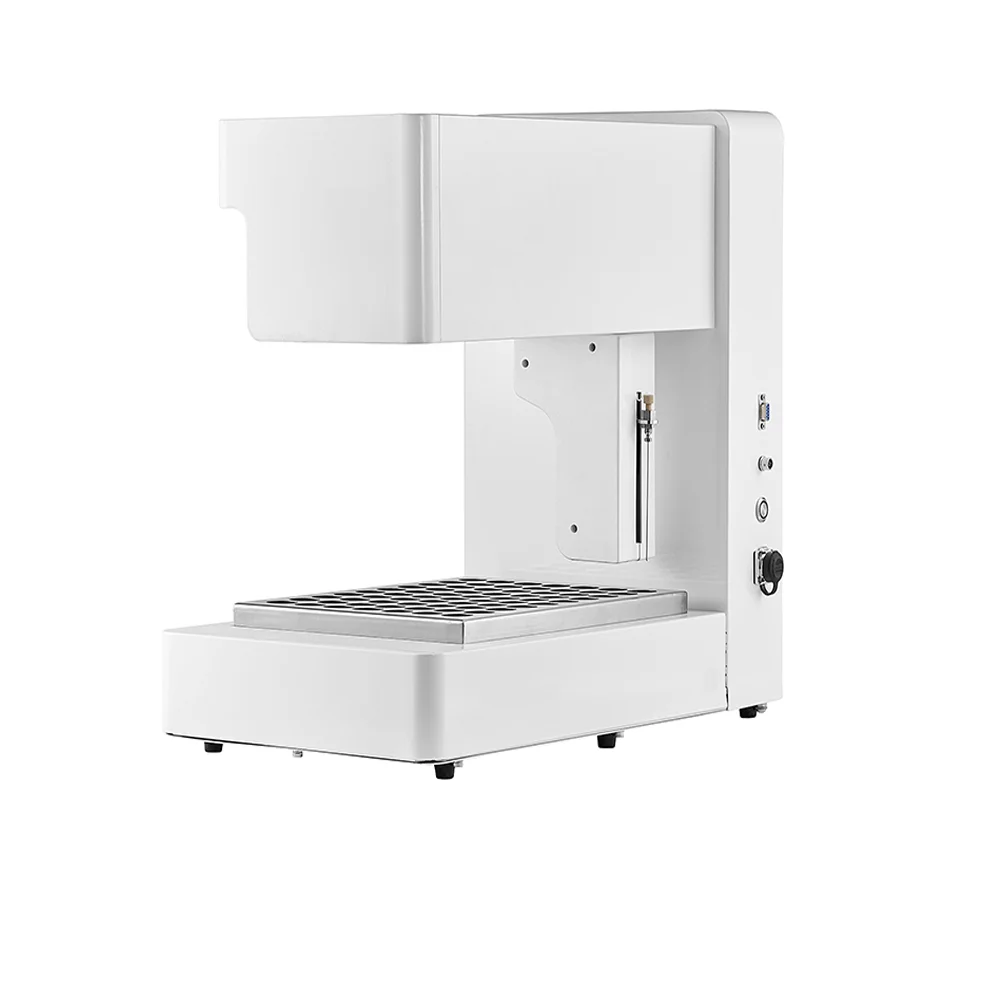What’s Lurking in Your Water? Why Total Organic Carbon (TOC) is a Must-Measure
What’s Lurking in Your Water? Why Total Organic Carbon (TOC) is a Must-Measure

Clean water keeps us healthy, safe, and helps businesses run smoothly. Ever wonder what’s floating around in it? One big clue is Total Organic Carbon (TOC). As rules get tougher and companies need super pure water, checking TOC is a game-changer. 메드인티그리티’s Total Organic Carbon analyzers are awesome tools for spotting and controlling organic gunk in water systems.
What is Total Organic Carbon (TOC)?
TOC tells you how much organic junk is in water with one simple number. This section breaks down what it is, where it comes from, and how it’s different from other stuff in water.
Definition and Composition of TOC
A Total Organic Carbon (TOC) analyzer, like the ones MedIntegrity makes, is a cool gadget that measures organic carbon in a water sample. It checks the carbon content to show how much organic material is there. This could be natural things, like dead leaves, or stuff humans make, like soaps or chemicals.
Sources of Organic Carbon in Water Systems
Organic carbon sneaks in from all sorts of places. Nature gives us rotting plants, tiny bugs, and animal poop. Humans add to the mess with factory waste, leftover medicines, or farm runoff. These things slip into rivers, groundwater, or industrial water, bumping up the TOC level. Pretty sneaky, right?
Differentiating TOC from Other Water Contaminants
Unlike specific nasties like nitrates or metals, TOC lumps all organic stuff into one number. It doesn’t list every chemical, but it paints a big picture of organic pollution. For instance, it’s like an alarm bell for contamination you might miss otherwise.
Why Measuring TOC is Crucial for Water Quality
Checking TOC isn’t just about following rules. It keeps people safe, equipment happy, and nature protected.
Role of TOC in Indicating Water Purity
TOC is a fast way to spot organic pollution. Got high TOC? That’s a sign nasty germs might grow, since they love feeding on organic stuff. So, it’s a huge hint about how safe your water is.
Regulatory and Industry Standards Related to TOC
All over the world, countries are cracking down on water quality. Take the United States Environmental Protection Agency (EPA), the European Union’s Water Framework Directive (WFD), or China’s “Standards for Drinking Water Quality.” They all set tough limits on organic junk in water.
Impact of High TOC Levels on Human Health and Equipment
Too much TOC can let harmful bacteria thrive, making drinking water risky. In factories, extra organic gunk can clog filters or eat away at pipes. That means pricey fixes and surprise shutdowns. Plus, it’s bad for the planet.
How Total Organic Carbon Analyzers Work
Want to know how MedIntegrity’s analyzers do their magic? It’s all about turning organic stuff into something measurable.
Oxidation Methods Used in TOC Analysis
TOC analyzers change carbon-containing stuff into carbon dioxide (CO₂) gas. Then, they measure how much CO₂ shows up.
- UV Persulfate Oxidation Method: This uses UV light and chemicals to zap organics at lower temperatures. It’s perfect for lab work with clean water.
- 고온 연소 방식: This burns organic stuff at crazy high heat (680°C to over 1000°C), sometimes with a helper chemical, to make CO₂. Some MedIntegrity models use combustion at 900-950°C.
Detection Technologies for Measuring CO₂ Output
Once the carbon turns into CO₂, detectors figure out how much is there.
- NDIR Detection Systems: Non-dispersive infrared (NDIR) sensors are crazy sensitive to CO₂. They give spot-on results, even for super tiny amounts.
- Conductivity-Based Detection: Some systems check how water conducts electricity after CO₂ forms. This works great for simple samples with less junk to mess things up.
Applications of TOC Measurement Across Industries
MedIntegrity’s TOC analyzers are super versatile. They’re used in tons of fields to keep quality high and follow rules.
Pharmaceutical and Biotechnology Sectors
In medicine-making, TOC testing is a big deal, especially for super pure water used in shots or cleaning gear.
- Importance of TOC in USP <643> Compliance: The United States Pharmacopeia (USP) chapter <643> has strict rules for measuring TOC in medicine-grade water to keep it top-notch.
- Cleaning Validation and Process Water Monitoring: TOC tests make sure cleaning gets rid of leftover organic gunk from equipment. That’s a key part of Good Manufacturing Practice (GMP).
Environmental Monitoring and Wastewater Treatment
Agencies use TOC analyzers to track pollution in lakes, rivers, or factory wastewater. They check water going in and out of treatment plants. It’s a quick way to see how bad pollution is. On top of that, it helps save ecosystems.
Food and Beverage Industry
Water for food needs to be squeaky clean to avoid contamination. TOC gets checked in both the water used and the final products to keep things safe and tasty.
Choosing the Right TOC Analyzer for Your Needs
Picking a MedIntegrity TOC analyzer is about matching what you need with what the machine can do.
Key Features to Look For
- Accuracy, Sensitivity, and Detection Limits: You need precise tools for ultra-pure water, like in medicine-making, where even a speck of gunk matters.
- Real-Time Monitoring vs. Offline Testing: Online analyzers, like MedIntegrity’s TA-3.0, give instant updates on water quality. That’s great for quick fixes. Offline ones, like the MedIntegrity TA-1.0, are awesome for deep lab analysis.

- Data Management and Regulatory Compliance: Modern analyzers need smart software. In fields like medicines, secure records that follow 21 CFR Part 11 are a must. For example, MedIntegrity’s TA-3.0 online analyzer has these built-in.

Factors to Consider Based on Application Area
- Sample Type and Throughput: Make sure the tool works with your sample (liquid, gas, or solid). Busy labs love systems with autosamplers, like MedIntegrity’s AIS-7200, for fewer mistakes and faster work.

- Required Sensitivity: medicine-grade water needs detection at super low levels (parts-per-billion). Environmental samples might need a bigger range.
- Environmental Conditions: Working outside or in rough factories? Pick a tough analyzer that can handle wet or hot conditions.
Cost vs. Performance
Think about your budget versus long-term wins. Pricier MedIntegrity models often have automation that saves time and cuts labor costs. Worth it, right?
Benefits of Implementing Regular TOC Monitoring
Using MedIntegrity analyzers for regular TOC checks has some sweet benefits.
- Improved Efficiency and Risk Mitigation: Real-time alerts mean you can fix problems fast. That stops pricey shutdowns or product recalls from contamination.
- Enhanced Compliance with Global Standards: Automated records make audits a breeze. They show you’re following tough rules from folks like the FDA.
- Reduced Maintenance Costs: Catching contamination early keeps gunk from wrecking equipment like filters. That makes your gear last longer.
자주 묻는 질문
Q1: What types of industries benefit most from using total organic carbon analyzers?
A: medicine-making, biotech, food production, and environmental monitoring love these tools. They need super tight control over water purity.
Q2: How often should I calibrate my total organic carbon analyzer?
A: Depends on how much you use it, but monthly is a solid plan. Stick to MedIntegrity’s advice, especially in regulated fields like medicines, where proving accuracy is a big deal.
Q3: Can portable TOC testers provide results comparable to lab-based models?
A: Yup, new portable testers are good enough for fieldwork. But lab models, like MedIntegrity’s, still bring the extra precision for research or pharmaceutical labs.







